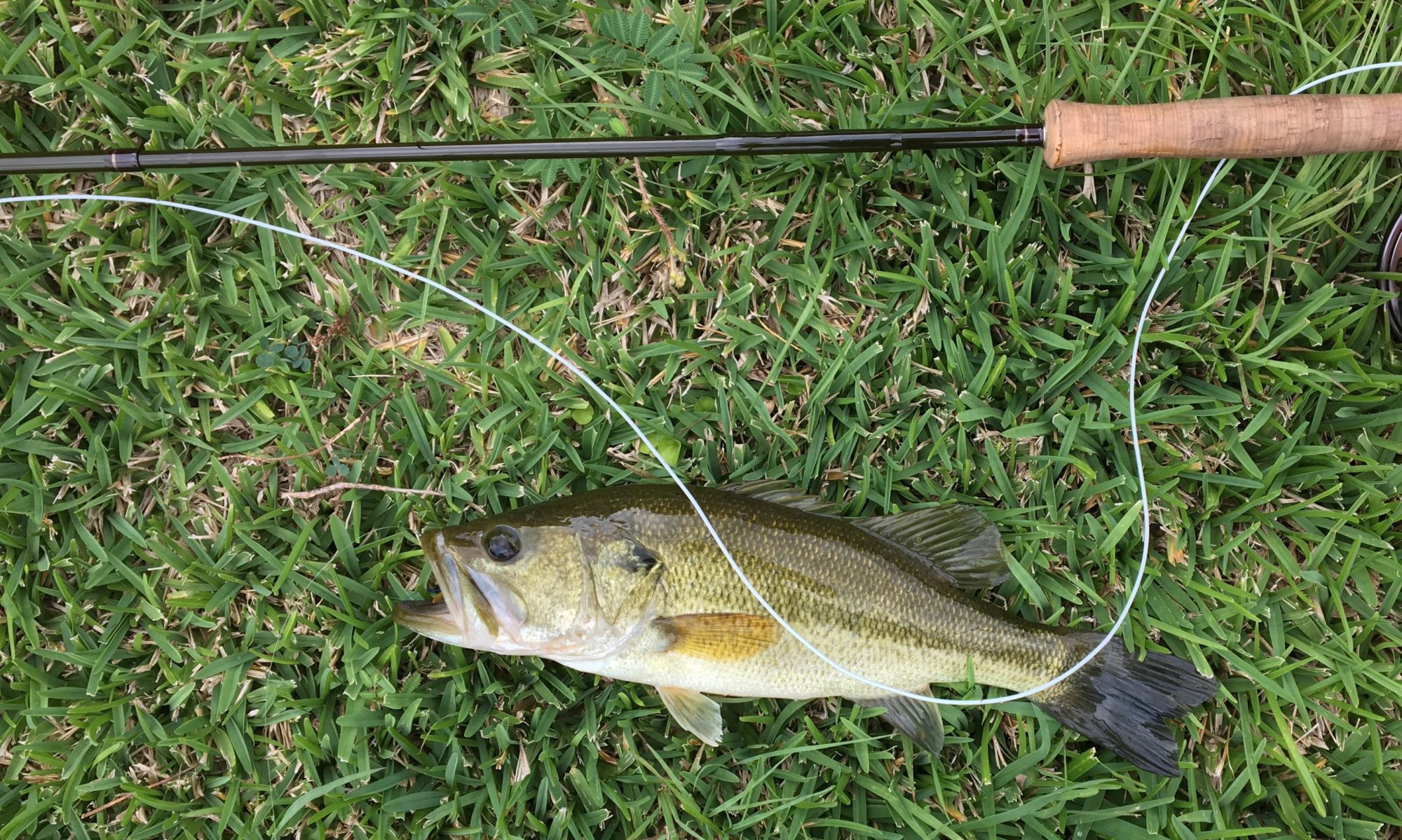Sale of Estates, Pictures and Slaves in the Rotunda, New Orleans; by William Henry Brooke, engraver; engraving with watercolor from The Slave States of America, vol. 1; London: Fisher and Son, 1842. THE HISTORIC NEW ORLEANS COLLECTION, 1974.25.23.4.
“Well, you see, it’ uz dis way. Ole missus—dat’s Miss Watson—she pecks on me all de time, en treats treats me pooty rough, but she awluz said she wouldn’ sell me down to Orleans.”
Jim, Huckleberry Finn.
I thought when I started this that I would write some about fishing and some about states and their history and literature. Louisiana didn’t come up by design but opportunity. It is nearby, we haven’t been in a while, we have a deposit with a guide, and who doesn’t like New Orleans?
And what better way to approach Louisiana than through race and ethnicity? I’m stupid sometimes. I should have stuck to Sazeracs.
New Orleans was founded for the French in 1718 by Jean-Baptiste le Moyne, Sieur de Bienville. Although intended to be France’s center for trade and government, the site selected was a muddy swamp situated in the crescent of the shifting and flooding Mississippi River. See that first big bend above the Gulf in the big river in the left of the map map below? The bend’s more complicated in real life, but that’s more or less where the French stuck New Orleans.
New Orleans was first destroyed by a hurricane in 1722.

Le Missisipi ou la Louisiane dans l’Amérique Septentrionale; ca. 1720; hand-colored engraving by François Chéreau; The Historic New Orleans Collection, 1959.210
In 1724, the French adopted the code noir governing slaves. Believe it or not, it didn’t favor the enslaved.

In 1765 the Spanish, now in charge, brought the first Acadians, the Cajuns, to lower Louisiana from France (where they’d arrived after the British deportation of the French, Le Grand Dérangement, from the Maritimes). This was about the time that the British expelled the Scottish clans from the Highlands, and was apparently a favored British method of social planning. Get rid of ‘em.
In 1786 New Orleans burned, and in 1794 it burned again. The rebuilt city, the city we know by its French Quarter, is actually Spanish architecture, from its St. Louis Cathedral to its wrought iron frills.

Beginning in 1791, New Orleans experienced a sizable influx of slave-revolt refugees from Haiti: white French colonials, slaves, and free blacks. By the late 1700s, New Orleans was a city of French-speaking Acadians, German-speaking Germans, Spanish Canary Islanders, French-speaking refugees from Haiti, slaves from Africa and the Caribbean, and free people of color (often of mixed race). All of these, French and Spanish colonials, Africans, and Germans, are the Creole, the ethnic and racial stew that made up Louisiana in 1803, the year of the Louisiana Purchase. There were also Americans.
In 1803, Louisiana’s population was 35,932, with 21,224 Anglos, 12,920 slaves, and 1,768 free people of color. By 1850, thirteen years before the Civil War, the population had exploded to 516,702, with 255k whites, 244k slaves, and 17k free people of color. New Orleans had become the principal slave market of the South, there was cotton, there was sugar cane, there was the port traffic in the the Gulf and on the Mississippi. New Orleans was a major U.S. city and the major city of the South. Samuel Clemens came to New Orleans to work on river boats and from that he wrote Life on the Mississippi and Huckleberry Finn. Abraham Lincoln made two trips to New Orleans by flat boat: thus, Abraham Lincoln, Vampire Hunter. And the Emancipation Proclamation.

One of the world’s great cuisines came out of that ethnic and racial mix. The food was created out of what people had on hand: rice, seafood, pork, herbs, and the trinity of bell pepper, celery, and onion. Louisianans brought to cooking their cultural history: African, Caribbean, Spanish, French, German. Which reminds me, on Friday our son, Andy, brought me breakfast — a boudin blanc kolache from his favorite donut shop. Boudin and heat from the Cajuns, sweet dough from the Czechs, assembled in Houston by Vietnamese immigrants. It wasn’t really a kolache, it wasn’t really even a klobasnicky, but it was pretty spectacular.










